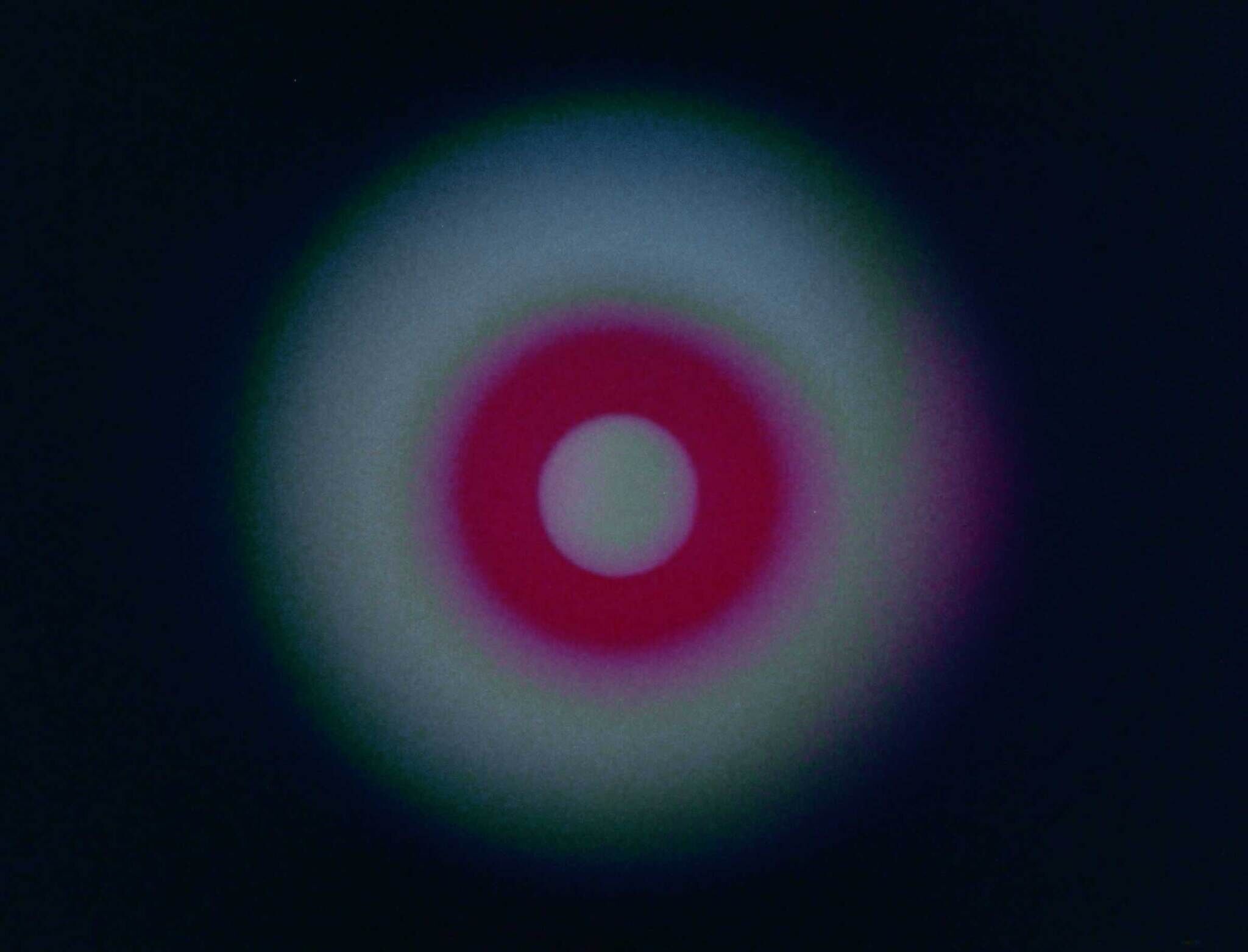Sixties Surreal | Art & Artists
Mojo Secrets
10
Organized religion was one of the many institutions that came under question in the 1960s. For many artists, the search for alternatives led to the exploration of expansive forms of spirituality, influenced by cultural roots, ancestral knowledge, and the occult. Many practitioners of historic Surrealism promoted esotericism and the magical sciences as tools for unlocking the subconscious mind and critiquing the dominant institutions—family, church, and state—of the period. The artists gathered here follow that line of thinking to various critical ends. Some, such as Jordan Belson and Ching Ho Cheng, sought spiritual knowledge by using meditation, psychedelic drugs, and divination as tools for elevating consciousness. Others, including Claes Oldenburg and Eduardo Carrillo, looked outward, questioning the dominance of religious institutions and reappropriating conventional iconography for new ends. Still others, such as Oscar Howe and Carlos Villa, evoked ritual practice in their work to assert claims to cultural identity and counter the destabilizing effects of colonization and Christianity upon Indigenous systems of belief.
Jordan Belson, Samadhi, 1967
In Samadhi Jordan Belson attempts to portray a visual phenomenon he perceived while in a meditative state. A follower of Mahayana and Vajrayana Buddhism, Belson lived and maitained a strict Yogic practice and a largely ascetic and solitary life in San Francisco in the two years leading up to the film's creation. He rendered his experience in a color palette inspired by natural elements and The Tibetan Book of the Dead, accompanied by an electronic score punctuated by sounds of his inhaling and exhaling.
Artists
- Jeremy Anderson
- Benny Andrews
- Kenneth Anger
- Diane Arbus
- Robert Arneson
- Ralph Arnold
- Romare Bearden
- Jordan Belson
- Ed Bereal
- Wallace Berman
- Judith Bernstein
- Lee Bontecou
- Louise Bourgeois
- Joan Brown
- Kay Brown
- Roger Brown
- T.C. Cannon
- Eduardo Carrillo
- Mel Casas
- Vija Celmins
- Barbara Chase-Riboud
- Ching Ho Cheng
- Judy Chicago
- Bruce Conner
- Jean Conner
- Adger Cowans
- Robert Crumb
- Dale Brockman Davis
- Jay DeFeo
- Roy De Forest
- Martha Edelheit
- Melvin Edwards
- Ed Emshwiller
- Roy Fridge
- Lee Friedlander
- Rupert Garcia
- Nancy Graves
- Nancy Grossman
- Barbara Hammer
- David Hammons
- Alex Hay
- Wally Hedrick
- Mike Henderson
- Eva Hesse
- Oscar Howe
- Luchita Hurtado
- Miyoko Ito
- Suzanne Jackson
- Ken Jacobs
- Jae Jarrell
- Jess
- Luis Jimenez
- Daniel LaRue Johnson
- Barbara Jones-Hogu
- Edward Kienholz
- Kiki Kogelnik
- Shigeko Kubota
- Yayoi Kusama
- Lynn Hershman Leeson
- Linda Lomahaftewa
- Lee Lozano
- Marisol
- David McManaway
- Ron Miyashiro
- Bruce Nauman
- Gunvor Nelson
- Senga Nengudi
- Jim Nutt
- Claes Oldenburg
- John Outterbridge
- Edward Owens
- Kenneth Price
- Noah Purifoy
- Joseph Raffael
- Christina Ramberg
- Deborah Remington
- Faith Ringgold
- Suellen Rocca
- James Rosenquist
- Martha Rosler
- Barbara Rossi
- Edward Ruscha
- Betye Saar
- Niki de Saint Phalle
- Lucas Samaras
- Peter Saul
- Raymond Saunders
- Carolee Schneemann
- Fritz Scholder
- Kay Sekimachi
- Joan Semmel
- Jack Smith
- Ming Smith
- Robert Smithson
- Nancy Spero
- Anita Steckel
- Harold Stevenson
- Sturtevant
- Paul Thek
- Michael Cullen Todd
- Carlos Villa
- Shawn Walker
- Timothy Washington
- H.C. Westermann
- Jack Whitten
- Dorothy Wiley
- William T. Wiley
- Hannah Wilke
- Franklin Williams
- Karl Wirsum

